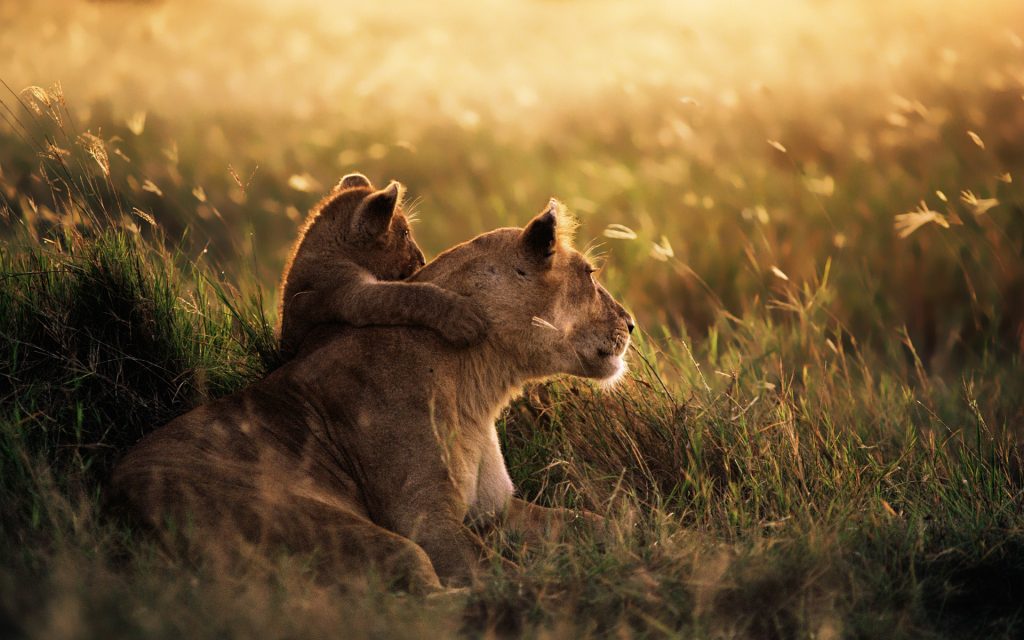1/11/2022
·Enable high contrast reading
Considering the Protective Power of Rage

There’s no easy entry point for the topic that’s been rattling around my mind for weeks now – so bear with me as I dive right in. I want to write about rage. But I’m scared to write about rage, because in doing so, I may cloud in my reader’s mind two truths that are center to my soul: 1) My son Colson was a miracle in my life, and I love him eternally. 2) Being Colson’s mom was the most fulfilling thing I’ve ever done, and I miss mothering him every day. Please bear this in mind as I expound on a third truth: 3) I experienced primal rage as Colson’s mom that felt otherworldly, and it breaks my heart that he was proximate to that rage. But I’m beginning to rethink that rage as something more than a failing on my part. I’m starting to see it now as a source of strength – of primordial rallying in the face of encroaching death.
I can count on one hand my moments of rage in Colson’s four short years living with mitochondrial disease. The time that I punched my cot over and over while he slept in the crib beside me, because I was so wired from parenting a medically fragile newborn that I ironically couldn’t sleep – though I was desperate for it. The time, several months later, when I had to leave him crying in that crib to go hurl a toy at the hallway wall because his anti-seizure medication was making him inconsolable. I once kicked a dresser with Colson bare in my arms, while shouting expletives at the God of my youth for making it seemingly impossible for my child to keep food down. (I believe my words to the heavens were, “you can f*** right off.”) And then there was a time when Colson was a toddler that I, with one hand, patted his back to clear his airway after he choked on his own saliva in the middle of the night, while throwing a pack of wipes at the headboard with my other hand and howling with wrath.
 The source of shame for me, in all of these instances, is the physicality of this rage. This throwing of things; this shouting; this volcanic explosiveness that runs so contrary to my relentless pursuit of calm, quiet, gentle and cozy for Colson. I’ve also been hounded by Colson’s proximity in these instances – it feels important to say that my ferocity was never, ever, remotely directed at Colson – in word or action. But what kind of mother lets loose her fury with her child close by? A tired mother, yes. A scared mother, absolutely. A lonely mother, likely. But until recently, I’d forgotten about the best type of mother: a protective mother.
The source of shame for me, in all of these instances, is the physicality of this rage. This throwing of things; this shouting; this volcanic explosiveness that runs so contrary to my relentless pursuit of calm, quiet, gentle and cozy for Colson. I’ve also been hounded by Colson’s proximity in these instances – it feels important to say that my ferocity was never, ever, remotely directed at Colson – in word or action. But what kind of mother lets loose her fury with her child close by? A tired mother, yes. A scared mother, absolutely. A lonely mother, likely. But until recently, I’d forgotten about the best type of mother: a protective mother.
The best way to protect any child, and especially a medically complex child, is to have protective measures in place. Make sure to have all meds filled at all times. Stay on top of scheduling doctor’s appointments and therapy visits. Keep your personal commitments light to maintain energy for caregiving. The best defense is a good offense, etc. This hypervigilance is critical, and often the thing that leads to caregiver burnout.
 Rage is different from burnout. Rage is a defensive stance in the face of an immediate threat. Mothers of all kinds will instinctively rage like hell to defend their children. Mama bears, lionesses, elephants. Cats, dogs, ducks. Predators are the primary threat in the animal kingdom. A rare disease is its own kind of perverse predator. It shadows our children relentlessly, yet the only shape it takes is our children’s suffering. We, as caregivers, can turn ourselves inside out to protect our children, but the defenses don’t always hold.
Rage is different from burnout. Rage is a defensive stance in the face of an immediate threat. Mothers of all kinds will instinctively rage like hell to defend their children. Mama bears, lionesses, elephants. Cats, dogs, ducks. Predators are the primary threat in the animal kingdom. A rare disease is its own kind of perverse predator. It shadows our children relentlessly, yet the only shape it takes is our children’s suffering. We, as caregivers, can turn ourselves inside out to protect our children, but the defenses don’t always hold.
It’s helpful to understand what is happening in our own bodies when the threat of our children’s disease overwhelms us. This framing is from The Body Keeps the Score: Brain, Mind and Body in the Healing of Trauma by Bessel Van Der Kolk, M.D.
“The autonomic nervous system regulates three fundamental physiological states. The level of safety determines which one of these is activated at any particular time. Whenever we feel threatened, we instinctively turn to the first level, social engagement. We call out for help, support and comfort from the people around us. But if no one comes to our aid, or we’re in immediate danger, the organism resorts to a more primitive way to survive: fight or flight. We fight off our attacker, or we run to a safe place. However, if this fails – we can’t get away, we’re held down or trapped – the organism tries to preserve itself by shutting down and expending as little energy as possible. We are then in a state of freeze or collapse,” (p. 82).
Upon reading these words recently, I realized that my moments of rage as Colson’s mom were actually my body’s attempt to activate fight or flight mode. In each of the instances, I was alone with Colson, without another person nearby to help me work through the immediate challenge. I was battling my own exhaustion with the need to keep functioning at an intense frequency to keep him safe. Shutting down is not an option when your caregiving is the only thing keeping your child’s decline or death at bay. Van Der Kolk indeed notes that, “…for many people, panic and rage are preferable to the opposite: shutting down and becoming dead to the world. Activating fight/flight at least makes them feel energized,” (p. 85).
 I so desperately wish that I had understood my rare rage as energizing and protective when Colson was alive, as I may have forgiven myself for it sooner. I’m also oddly grateful, here in my mourning, for my emerging understanding of my own body’s response to the intensity of caring for him.
I so desperately wish that I had understood my rare rage as energizing and protective when Colson was alive, as I may have forgiven myself for it sooner. I’m also oddly grateful, here in my mourning, for my emerging understanding of my own body’s response to the intensity of caring for him.
Two months before Colson died, I wrote in my journal: “I feel increasingly frustrated, tired, isolated, unmotivated, more like a nurse than a mom and, in my worst moments, resentful of that role. Not resentful to Coley (never, ever, ever,) – just – tired of the whole situation.” This feeling was so present for me when we decided to cease medical intervention for Colson and let him pass in the midst of an acute medical crisis. I realize now that I myself was moving towards a state of freeze or collapse in his final months. I have no idea if or how my other built-in responses for social engagement or fight or flight might have come into play to mitigate this had Colson lived. But as I’ve learned, rare-disease parents tap into some of the most visceral, instinctive, and protective mechanisms of any creature on this earth. In our world, even rage can look a lot like love.
Liz Morris loves exploring complex questions. Her professional experiences in project management, librarianship, and community development prepared her well for her favorite role as mom to Colson. Colson, impacted by mitochondrial disease since birth, inspired Liz to face the complicated aspects of his life through writing and advocacy. Liz serves as a family advisor at Seattle Children’s Hospital, and is a volunteer ambassador for the United Mitochondrial Disease Foundation. She is committed to helping families find the information they need to help them live well in the face of life-limiting illness. You can find Liz on Instagram @mrsliz.morris





